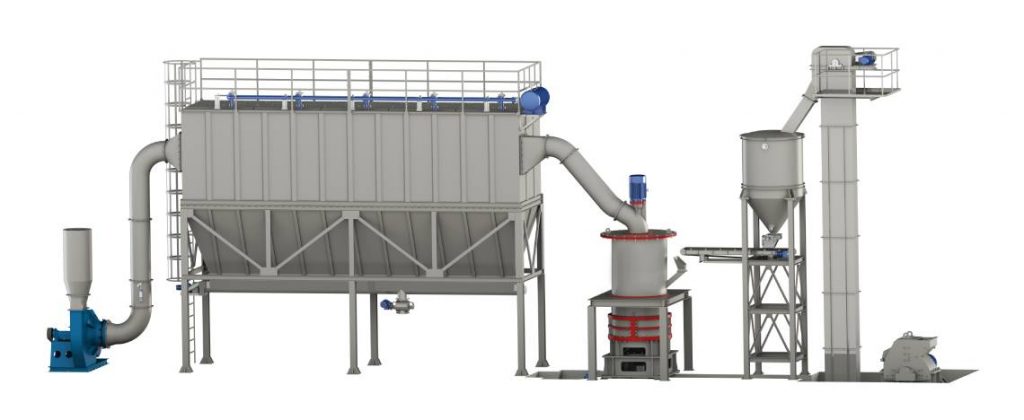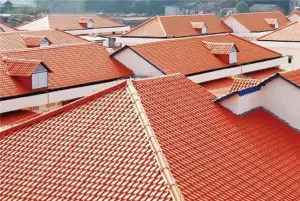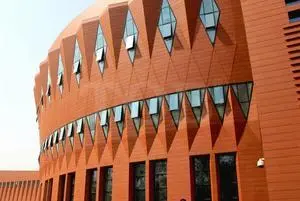The company's main products are HGM series micro pulverizer, superfine micro pulverizer, micro pulverizer, superfine pulverizer, pulverizer and matching hammer crusher, etc.
02/03/2022 admin
The traditional raw materials of ceramics are divided into clay, quartz, feldspar, etc. The advanced raw materials are various oxides, carbides, nitrides, etc.
Public data shows that dry milling can save energy by more than 70%, and reduce the cost of milling by more than 20%. In addition to significant economic benefits, dry milling also has significant social benefits.
★★ Dry Milling vs Wet Milling ★★
According to the data released by mature enterprises, under the same conditions of ceramic tile quality, the comprehensive skill effect of the dry milling process is improved by more than 47% compared with the traditional wet milling process, and the operators in the raw material workshop can be reduced by 50% or even more.
The land used for the raw material workshop can be reduced by 60%, the exhaust gas emission can be reduced by 50%-60%, the water can be saved by 80%, the electricity can be saved by 30%, and the fuel can be saved by 50%. The innovation of technology and equipment in the ceramic industry is imperative, and the dry production line will also be a choice to reduce costs and improve market competitiveness.

♦ Grinding stage
After crushing, the material is continuously and evenly fed into the pulverizer for grinding. After being selected by the classifier, the finished material that meets the fineness standard enters the powder collection stage under the action of air flow.
♦ Collection phase
The dust gas from the grinding enters the cyclone collector through the main air outlet pipe, and most of the finished fine powder is separated under the action of centrifugal force and collected by the cloth bag. The final finished product fine powder is transported to the finished product conveying stage through the screw conveyor.
♦ Finished product stage
The finished product obtained after grinding passes through the screw feeder and is directly transported to the next process for humidification and granulation to obtain powder particles with a moisture content of about 10-12%, which are dried and vibrated for classification and then aged.
For tile
Applicable material: shale Processing fineness: 180 mesh, D80
After the shale ceramic raw materials are ground, they are made into silo, also known as glazed tile, through granulation, briquetting and other processes. The current market prospect is broad.

For terracotta
Applicable material: clay Processing fineness: 200 mesh, D80 or 325 meshes, D90
A variety of ceramic raw materials such as clay are ground and mixed according to a certain proportion to make a ceramic plate. The processing fineness generally reaches 200 meshes, D80, and the fineness of the ceramic plate can reach 325 meshes, D90 or even above.

According to the feed fineness, moisture content, finished product fineness, usage and other factors of ceramic raw materials, SBM micropowder tech can help customers to reasonably select the grinding and powder selection process, and determine the type, model and quantity.
If you have some questions about our products, please feel free to fill out the form below, and we will contact you within 24 hours.